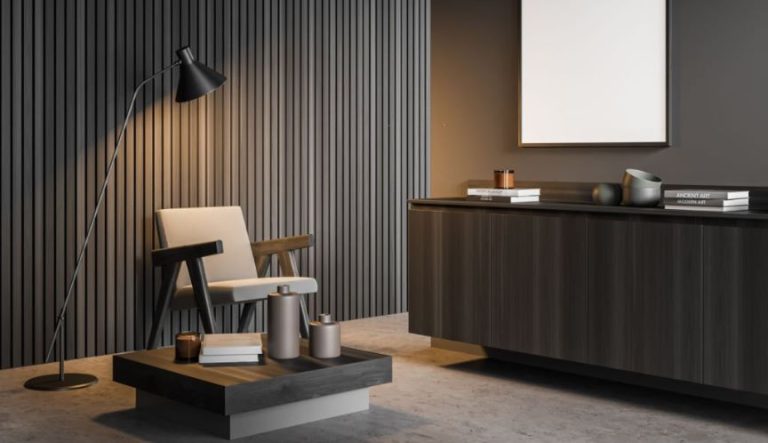business
Are you ready to become a better manager? Let’s dive into the world of management tasks and discover how they can help you lead your team to success!
Key Takeaways:
- Five main management tasks: Planning, Organizing, Leading, Controlling, and Staffing
- Effective management involves setting goals, allocating resources, and inspiring teams
- Adaptability and continuous learning are crucial for modern managers
- Technology and data-driven decision making play a vital role in management
- Ethical practices and sustainability are increasingly important in leadership
What Are the Main Management Tasks?
Management tasks are the core responsibilities that leaders must handle to guide their teams and organizations towards success. But what exactly are these tasks? Let’s break them down:
- Planning: Setting the course for success
- Organizing: Structuring for efficiency
- Leading: Inspiring and motivating teams
- Controlling: Monitoring and evaluating performance
- Staffing: Managing human resources
Each of these tasks plays a crucial role in effective management. Let’s explore them in more detail!
Planning: Setting the Course for Success
Planning is all about looking ahead and charting the path to your goals. But how do you do it effectively?
Defining Goals and Objectives
Start by asking yourself: What do we want to achieve? Set clear, measurable goals that align with your organization’s vision. For example, “Increase sales by 15% in the next quarter” is a specific and achievable goal.
Developing Strategies
Once you have your goals, it’s time to figure out how to reach them. Brainstorm different approaches and choose the most promising ones. Remember, a good strategy should be flexible enough to adapt to changes.
Creating Action Plans
Break down your strategies into actionable steps. Who will do what, and by when? A well-crafted action plan keeps everyone on the same page and moving in the right direction.
Resource Allocation and Budgeting
Don’t forget about the resources you’ll need! Allocate time, money, and people wisely to support your plans. A realistic budget helps prevent overspending and ensures you have what you need to succeed.
Organizing: Structuring for Efficiency
Organizing is all about creating a structure that supports your goals. How can you make sure everything runs smoothly?
Designing Organizational Structure
Think about how different roles and departments should work together. A clear structure helps everyone understand their place in the bigger picture.
Assigning Responsibilities
Match tasks to the right people based on their skills and strengths. Clear job descriptions and expectations help avoid confusion and boost productivity.
Coordinating Activities
Make sure different parts of your organization work well together. Regular meetings and open communication channels can help keep everyone in sync.
Delegation of Tasks
Don’t try to do everything yourself! Delegating tasks to capable team members not only lightens your load but also helps develop their skills and confidence.
Leading: Inspiring and Motivating Teams
Leadership is about more than just giving orders. How can you inspire your team to give their best?
Providing Direction and Vision
Share your vision for the future and help your team see how their work contributes to it. A clear sense of purpose can be incredibly motivating.
Communication Strategies
Effective communication is key to good leadership. Be clear, honest, and open to feedback. Regular check-ins and team meetings can help keep everyone informed and engaged.
Motivation Techniques
Different people are motivated by different things. Some might respond well to public recognition, while others prefer personal growth opportunities. Get to know your team and tailor your approach.
Building a Positive Work Culture
Create an environment where people feel valued and supported. Celebrate successes, learn from failures, and foster a sense of teamwork and mutual respect.
Controlling: Monitoring and Evaluating Performance
How do you know if your plans are working? That’s where controlling comes in.
Establishing Performance Standards
Set clear benchmarks for success. What does “good” look like in your organization? Make sure these standards are fair, achievable, and aligned with your goals.
Measuring Results
Regularly track progress towards your goals. Use a mix of quantitative metrics (like sales figures) and qualitative feedback to get a complete picture.
Implementing Corrective Actions
If things aren’t going as planned, don’t be afraid to make changes. Identify the root causes of issues and take steps to address them promptly.
Performance Monitoring Tools and Techniques
Take advantage of technology to help you track performance. Project management software, data analytics tools, and regular performance reviews can all be valuable assets.
Staffing: Managing Human Resources
Your team is your most valuable asset. How can you make sure you have the right people in the right roles?
Recruitment and Selection
Hire people who not only have the right skills but also fit well with your team culture. A thorough interview process and clear job descriptions can help you find the best candidates.
Training and Development
Invest in your team’s growth. Provide opportunities for learning and skill development. This not only improves performance but also boosts morale and retention.
Performance Appraisal
Regularly evaluate your team members’ performance. Provide constructive feedback and recognize good work. Use these appraisals to guide future development plans.
Employee Retention Strategies
Keeping good employees is just as important as hiring them. Competitive pay, growth opportunities, and a positive work environment can all help reduce turnover.
Advanced Management Tasks
As you grow in your management role, you’ll encounter more complex challenges. Here are some advanced tasks to master:
- Conflict resolution: Learn to mediate disputes and turn conflicts into opportunities for growth.
- Innovation and continuous improvement: Foster a culture of creativity and always look for ways to do things better.
- Stakeholder communication: Keep all interested parties informed and engaged.
- Risk management: Identify potential issues before they become problems.
- Crisis management: Be prepared to handle unexpected challenges calmly and effectively.
Technology and Data in Management
In today’s digital world, technology plays a crucial role in management. How can you leverage it effectively?
Integrating Technology in Management Tasks
Use project management tools, communication platforms, and other software to streamline your work. These can help you stay organized and save time.
Data-Driven Decision Making
Learn to interpret data and use it to guide your decisions. This can lead to more objective and effective choices.
Project Management Tools and Software
Explore tools like Track-It-All that can help you manage projects more efficiently. These can help with task assignment, progress tracking, and team collaboration.
Ethical and Sustainable Management Practices
Modern managers need to think beyond just profits. How can you lead responsibly?
Corporate Social Responsibility
Consider the impact of your decisions on society as a whole. This could involve supporting local communities or implementing environmentally friendly practices.
Environmental Sustainability
Look for ways to reduce your organization’s environmental footprint. This not only helps the planet but can also lead to cost savings and improved public image.
Ethical Decision-Making
Always strive to do the right thing, even when it’s not the easiest option. Build a reputation for integrity and fairness.
Adaptability and Flexibility in Management
In today’s fast-paced world, the ability to adapt is crucial. How can you stay flexible?
Responding to Market Changes
Keep an eye on industry trends and be ready to pivot when necessary. This might mean adjusting your products, services, or business model.
Managing Unexpected Challenges
Be prepared for the unexpected. Have contingency plans in place and stay calm under pressure.
Fostering a Culture of Adaptability
Encourage your team to embrace change and see challenges as opportunities. This mindset can help your organization thrive in uncertain times.
Conclusion
Effective management is a complex but rewarding task. By mastering the five main management tasks – planning, organizing, leading, controlling, and staffing – you can guide your team to success. Remember to stay adaptable, embrace technology, and always keep learning. With these skills, you’ll be well-equipped to tackle any challenge that comes your way!






